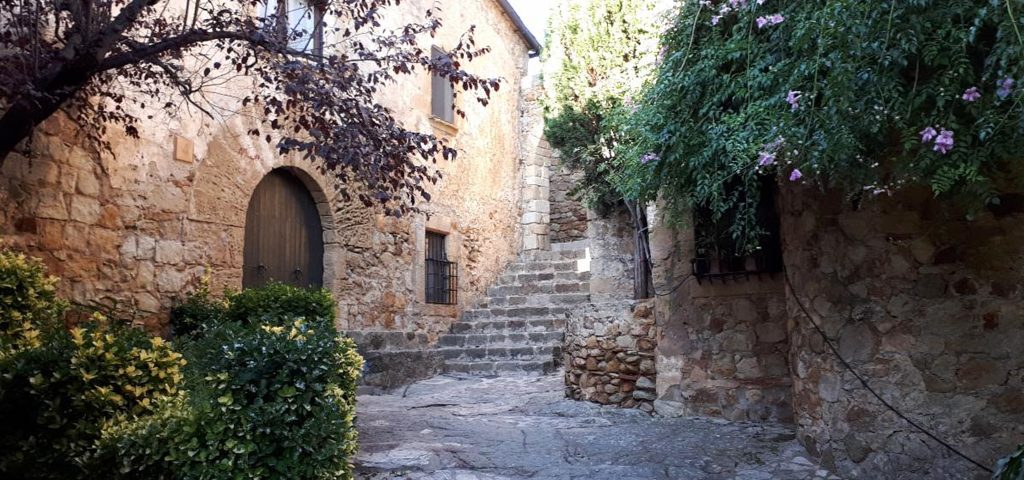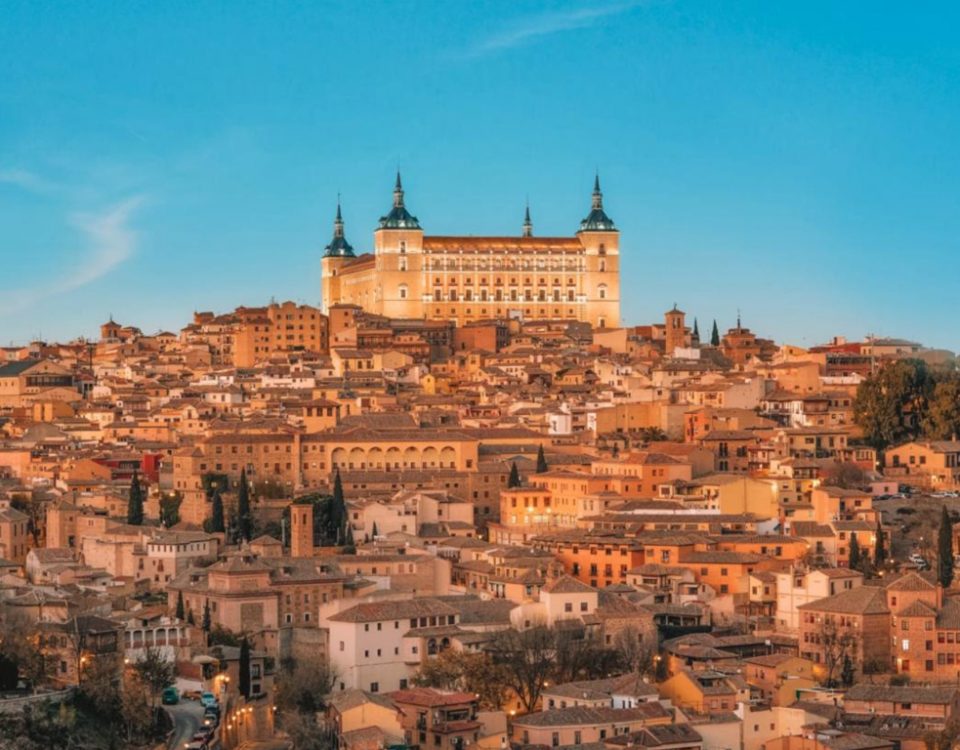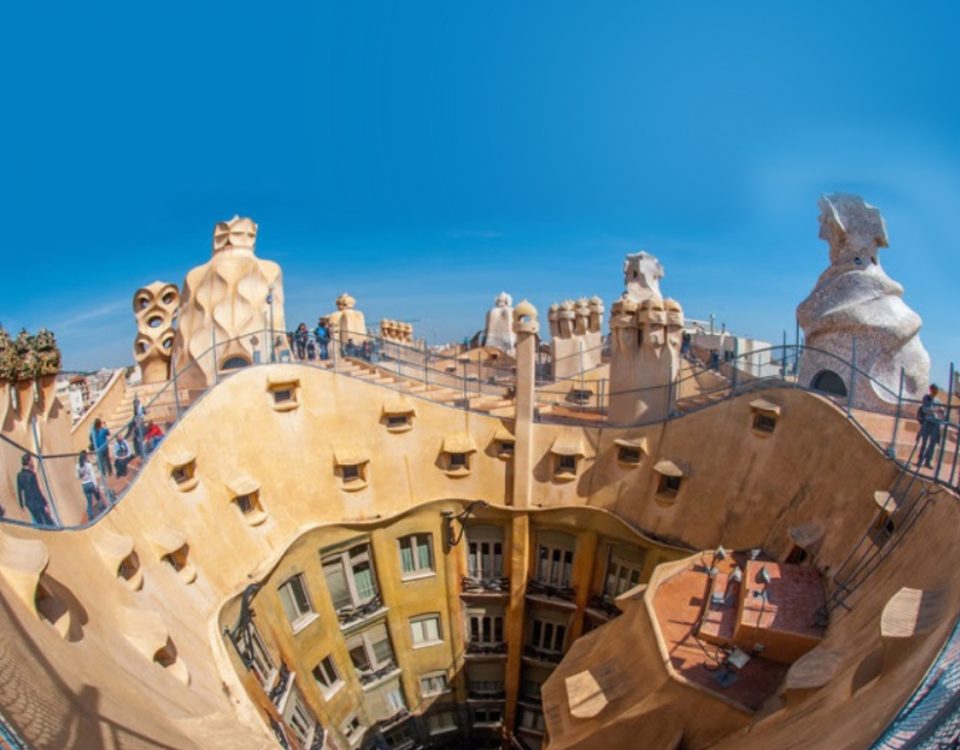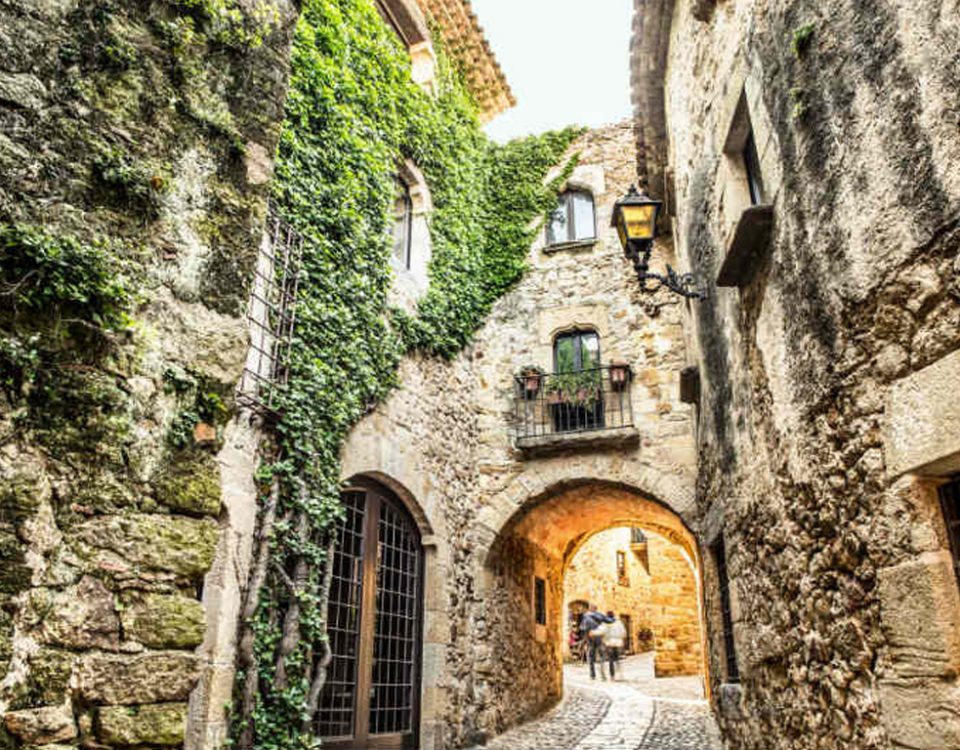The Hand of Fatima
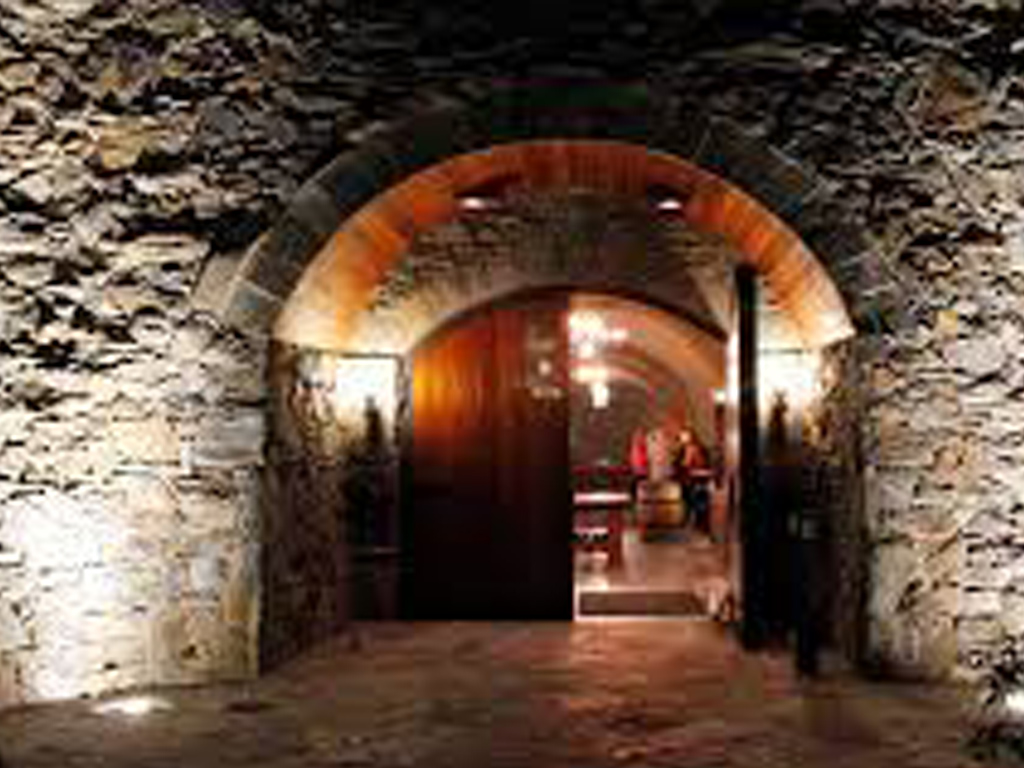
Cava and the Cave
June 5, 2020
James Bond Views
June 30, 2020You know you reside in a medieval village when the clock towers ring every half hour and the farmers’ dogs bark their perimeter check, accompanied by partying roosters at 4 am. Some nights you sleep the sleep of the dead cocooned by 4 foot thick stone walls. Some mornings you wake at 6 am to the rhythms of the local workmen, packing clanging tools in their trucks to start their day. Early mornings arrive gloved in a soft mist, with a boysenberry purple-hued sky and local market breakfast. Lots of espresso and Americano coffee, earl grey and mint teas, local juices, yogurt, strawberries, grapes, market cheeses, eggs and croissants, the latter ordered and picked up fresh out of the oven daily. Croissants, mostly chocolate, we’ve discovered are a Spanish fetish. The aroma of chocolate baking discovers you long before you walk by its’ source. There is only one local “bar” that prepares meals (sandwiches and omelettes) and freshly baked goods. It also supplies key staples like wine, cava, rosè and beer, juices, sauces and household sundry for the 3 local villages that comprise our medieval neighbourhood - that it was the only “bar” around was discovered on a cycling quest for a lunch destination, a hilarious tale that will soon be shared.
One daily early morning walk to the “bar” to order our croissants I was following a farmer’s truck, hot wheel size so it can navigate the narrow cobblestone streets. His driving speed is deliberate, slow. The mist is rising to let the sun in for the day. I can see the farmer upfront, maybe 5 foot 2 inches tall sporting a cap, face wizened by working the land and personal stories etched by time. I can’t pass. The tailgate is open, the street too narrow. Spilling out is fencing and brush and the legs of a young deer. The rest of its’ beautiful body and head show no signs of trauma. Perhaps it was caught in a fence on his grounds….living like a local up close.
Exploring the village renders endless delights. Lining the cobblestone street that circles the town are smaller studio sized residences, connected stone abodes, each with single arches and large wooden doors, made of walnut or oak and adorned with bronze hand knockers. In front of our “home” and across the street olive and fig trees surround stone water cisterns with lion faces and mouths for a spout. Rooftop balconies laced with pergolas are covered with lilac and white wisteria for beautifully scented shade. Massive artisanal wrought iron garden gates whisper intrigues. It’s evident ironwork has been a Catalan trade since time immemorial. Now to explore the inner town... A stone walkway a veer to the right of our “home” beckons us into a labyrinth of stone passages. These wind around and through the village, never spilling onto a street. Have we been down this passage before? Where does it lead? What is the significance of this arch? Do you recognize any of the doors? The ironwork decorating them? The bronze hand knockers? There are varying types with different oxidized patinas, mostly bronze, some black, some green. The Hand of Fatima or Hamsa Hand is a female shaped hand knocker twenty-five to thirty centimetres in length intended to protect inhabitants from evil and negative energy and so are revered as admirable gatekeepers against visitors with the intention of ill-will. Some are left-handed, some right, some have rings and there are some male versions. Their size and weight would announce an arrival no one could ignore. Can we knock on a door and ask where we are? If no one answers, does it mean the Hand of Fatima or Hamsa Hand has messaged we mean ill will?
Like us these bronze hand knockers have origins from everywhere; Judaism, Buddhism, Christianity and Islam all have their cultural versions of the Hand of Fatima or Hamsa Hand and are common in Morocco, Oman, Turkey, Egypt, Israel, France, Spain and England. The knockers have been found among Mesopotamian artefacts within the area known as the “Cradle of Civilization”, the earliest known civilizations of man, from around 3,000 BC and therefore predate Judaism, Christianity, Islam and Buddhism.
Our medieval haven dwellers’ family history origins include Ireland, Portugal, England, Brazil, France, China, Germany, Poland, Native America and Norway. There is also a history of many varying religions. Exchanging stories of our days’ adventures through the lens of unique personal cultural contexts, references and ideas offer new perspectives, enriches our experiences and creates opportunities for much wider discussions, of course, many undertaken sipping cava in the cave as well as at other spectacular locations. Travel and human connection deepens understanding and erases differences.
Who knew the thrill of the sound of the knock, the definitive announcement of an arrival, upon a utilitarian tool that has transcended religions, cultures and civilizations could be so transformative.
Want posts like this and more right to your inbox? Subscribe to Takes & Tales and receive Inquisitive Traveller stories, food, wine, music and reading suggestions. You’ll also learn about upcoming historical haven destinations. Subscribe today! You can unsubscribe anytime!

One daily early morning walk to the “bar” to order our croissants I was following a farmer’s truck, hot wheel size so it can navigate the narrow cobblestone streets. His driving speed is deliberate, slow. The mist is rising to let the sun in for the day. I can see the farmer upfront, maybe 5 foot 2 inches tall sporting a cap, face wizened by working the land and personal stories etched by time. I can’t pass. The tailgate is open, the street too narrow. Spilling out is fencing and brush and the legs of a young deer. The rest of its’ beautiful body and head show no signs of trauma. Perhaps it was caught in a fence on his grounds….living like a local up close.
Exploring the village renders endless delights. Lining the cobblestone street that circles the town are smaller studio sized residences, connected stone abodes, each with single arches and large wooden doors, made of walnut or oak and adorned with bronze hand knockers. In front of our “home” and across the street olive and fig trees surround stone water cisterns with lion faces and mouths for a spout. Rooftop balconies laced with pergolas are covered with lilac and white wisteria for beautifully scented shade. Massive artisanal wrought iron garden gates whisper intrigues. It’s evident ironwork has been a Catalan trade since time immemorial. Now to explore the inner town... A stone walkway a veer to the right of our “home” beckons us into a labyrinth of stone passages. These wind around and through the village, never spilling onto a street. Have we been down this passage before? Where does it lead? What is the significance of this arch? Do you recognize any of the doors? The ironwork decorating them? The bronze hand knockers? There are varying types with different oxidized patinas, mostly bronze, some black, some green. The Hand of Fatima or Hamsa Hand is a female shaped hand knocker twenty-five to thirty centimetres in length intended to protect inhabitants from evil and negative energy and so are revered as admirable gatekeepers against visitors with the intention of ill-will. Some are left-handed, some right, some have rings and there are some male versions. Their size and weight would announce an arrival no one could ignore. Can we knock on a door and ask where we are? If no one answers, does it mean the Hand of Fatima or Hamsa Hand has messaged we mean ill will?
Like us these bronze hand knockers have origins from everywhere; Judaism, Buddhism, Christianity and Islam all have their cultural versions of the Hand of Fatima or Hamsa Hand and are common in Morocco, Oman, Turkey, Egypt, Israel, France, Spain and England. The knockers have been found among Mesopotamian artefacts within the area known as the “Cradle of Civilization”, the earliest known civilizations of man, from around 3,000 BC and therefore predate Judaism, Christianity, Islam and Buddhism.
Our medieval haven dwellers’ family history origins include Ireland, Portugal, England, Brazil, France, China, Germany, Poland, Native America and Norway. There is also a history of many varying religions. Exchanging stories of our days’ adventures through the lens of unique personal cultural contexts, references and ideas offer new perspectives, enriches our experiences and creates opportunities for much wider discussions, of course, many undertaken sipping cava in the cave as well as at other spectacular locations. Travel and human connection deepens understanding and erases differences.
Who knew the thrill of the sound of the knock, the definitive announcement of an arrival, upon a utilitarian tool that has transcended religions, cultures and civilizations could be so transformative.
Want posts like this and more right to your inbox? Subscribe to Takes & Tales and receive Inquisitive Traveller stories, food, wine, music and reading suggestions. You’ll also learn about upcoming historical haven destinations. Subscribe today! You can unsubscribe anytime!


